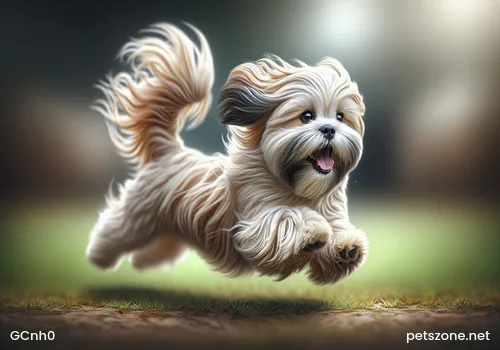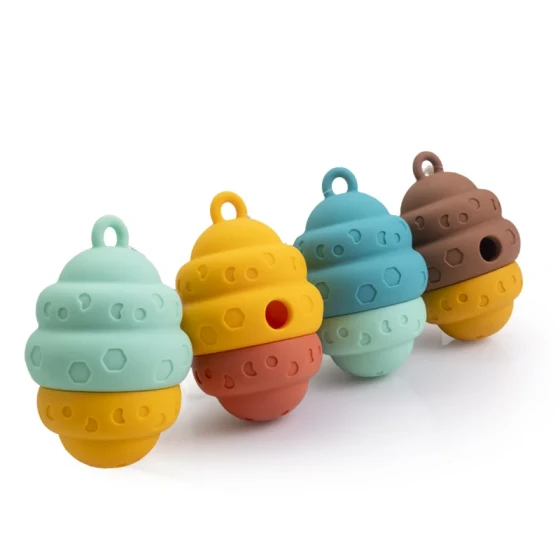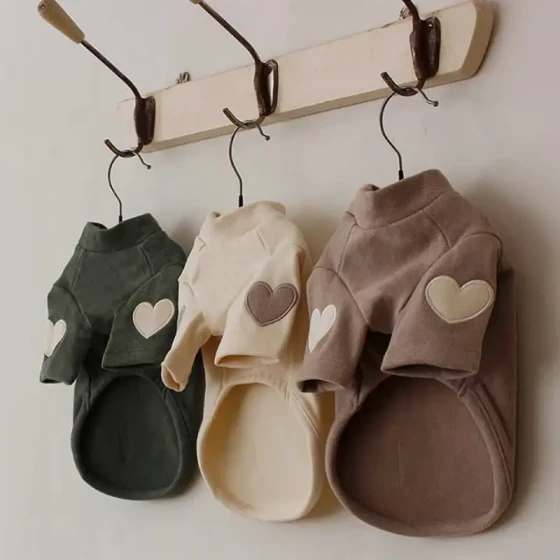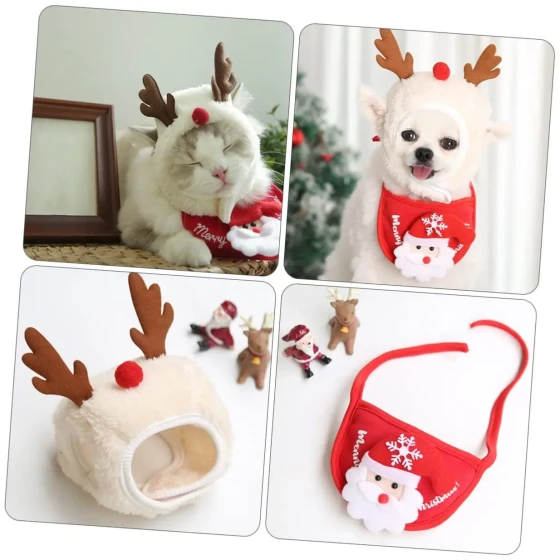Morphological Characteristics of the Australian Terrier

Australian Terrier
The Australian Terrier, also called the European Terrier, ideally has a shoulder height of 24.5–27.9 cm; outside this range is considered a fault. Proportionally, the body length matches height, with the length from shoulder to tail tip 2.5–3.8 cm longer than from shoulder to ground. It has good working ability, medium bone structure, well-proportioned body symmetry, and appropriate weight.
Morphological Characteristics
Head
Long and firm head. The length of the muzzle equals that of the skull. Intelligent and alert. Eyes—small, from deep brown to black (dark preferred), full of spirit, well-spaced. Eye rims are black and oval-shaped. Faults—pale color or protruding eyes. Ears—small, erect, pointed, extending above the skull, appropriately spaced, straight and not tilted. Skull—long and flat when viewed from front or side, slightly longer than wide, with a slight but clear depression between the eyes. Muzzle—strong and powerful, slightly lower than the eyes. Jaw strong. Nose—black, with the ideal breed characteristic of a V-shaped hairless area on the nasal bridge, length varies in adult dogs. Lips—tight with dark brown or black edges. Scissor bite.
Neck, Backline, and Torso
Neck—long, slightly arched, strong, naturally extending to the shoulders. Backline—level. Torso—solid structure, ribs well sprung but not round, chest slightly lower than ribs, strong, slightly short, and slightly arched loin. Faults—too long a loin. Tail—set high, straight. All dogs docked, retaining slightly less than half; adult tail can be held in one hand.
Forequarters
Shoulder blades—long and flat, very close together. Forearm length matches the flat part of the shoulder. Shoulder and forearm at a 90° angle. Faults—straight shoulders, crowded or spaced too wide. Elbows—close to the chest. Forelegs—straight and parallel when looking from the front; rounded bones of appropriate length. Positioned just under the torso; from the side, the foreleg protrudes clearly in front of the elbow. Wrists—strong, slightly slanted. Faults—high paw slope. Dewclaws removed. Feet—small, neat, cat-like; toes arched and compact, well-padded, neither inward nor outward turning. Nails short, black, and hard.
Hindquarters
Strong, well-developed knees and hocks, short and vertical from hock to ground. Legs muscular and full. Viewed from behind, from hip to ground, hind legs are straight and in the same plane as the forelegs. Faults—muscles insufficiently or overly developed.
Coat
Outer coat—sharp and straight; except on tail, wrists, paws, and from hocks down, with no long hair, all other body parts have hair about 6.4 cm long. Ear hair is shortest. Undercoat—short and soft. Decorative hair—softer than the body coat. Neck has good decorative hair, forming a "skirt" together with other protective ring hairs. Some fine hair decorations from forelegs to wrist paw parts. Head adornment—covers entire top of the skull; better and softer than other hair.
Color and Features
Colors—blue and tan, dark sandy, and deep red. Blue and tan—blue: dark blue, iron blue, dark gray-blue, or silver blue. In silver blue varieties, the coat is silver-blue with darker tips. Tan features (not sandy or red) should be as rich as possible, on face, eyes, lower torso, lower legs, paws, and around the belly. The richer the color, the purer the breed. Head adornment—silver or lighter than the head color. Sandy or red—any dark sandy or deep red denotes purer breed. Head adornment—silver or lighter than the body color. Faults—adult coats entirely black. Blue coats with tan points, or sandy/red coats with dark spots. Any color dogs with white hair on chest or feet shall be disqualified.
Gait
From front or behind, legs from shoulder to foot and from hip to foot should be straight and parallel, moving parallel to the travel centerline. Hind legs move on the same plane as forelegs. When moving quickly, feet of front and hind limbs tend to converge toward the travel midline but remain straight whether bent or extended. From the side, legs move in a cross-over motion. Hind feet should land where front feet have stepped, with no gap between. Backline remains firm and level, without bending.



-560x560.webp)